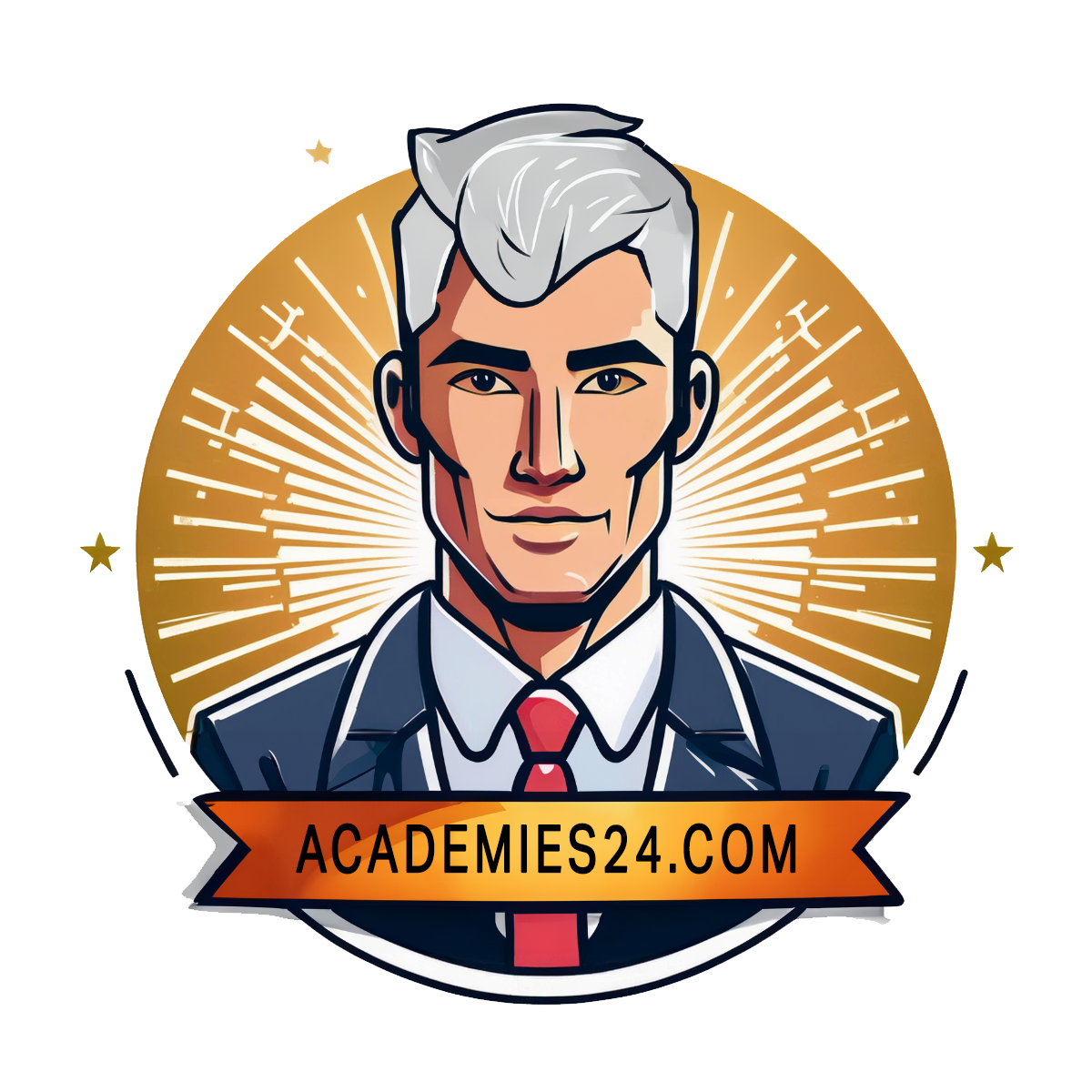Young people in the 21st century are learning multiple languages at varying levels of proficiency, and their unique experiences are providing invaluable insight into how the process of language learning is changing in the modern world. This exploration of language learning trends among the younger generations is key to understanding how current teaching methods, language usage, and identity formation in multilingual environments are being shaped by new sources of knowledge.
The importance of peer interactions in language learning is not to be underestimated. Studies have shown that when children are allowed to naturally explore language and try out new ideas with their peers, they develop a more comprehensive understanding of their language and a stronger sense of their own identity. This understanding can be further enhanced by the use of code-switching and translanguaging wherein learners are encouraged to combine and draw on their knowledge of multiple languages.
Multilingualism has become increasingly commonplace in the past few decades, with many children in the early stages of their development being exposed to multiple languages through different sources. This presents a diverse range of opportunities for them to understand language both conceptually and practically. Young people are using this exposure to develop their knowledge of various languages, build competency in more than one language at a time, and develop their personal linguistic identity.
The effects of this multilingualism on learners speaks to the need for educational solutions that foster collaboration between teachers and students. Specifically, teachers must be encouraged to create an environment in which they use their own multilingualism as a teacher and guide, while also giving students the chance to explore their language learning within the framework of a mutually engaging collaborative activity.
The insights that emerge from the language learning environment can be used to promote effective teaching practices and create language learning experiences for students of all ages and backgrounds. For example, by understanding the cultural and personal factors that influence the learner’s language acquisition process, language teachers can customize and develop teaching methods that support learners to become more active in the language-learning process.
Moreover, understanding the learners’ individual identities and encouraging the use of a multiplicity of languages can allow for the development of a rich and nuanced understanding of language learning that respects the cultural and linguistic diversity of the multilingual generations. This respect is essential in creating an environment that both preserves and promotes the unique experiences that come with being a language learner in the 21st century.
This discussion of the changing trends in language learning among the younger generations underscores the importance of developing teaching methods and educational tools to equip students with the skills necessary to foster their multilingual identities. By utilizing digital tools to create engaging language learning experiences, as well as encouraging a more nuanced understanding of the learners’ language experiences, the potential to create a more inclusive and rewarding language learning journey is established.
Knowledge of multiple languages is an invaluable asset for the modern-day learner. With this in mind, educators and school administrators must strive to create an environment in which students can fully and confidently immerse themselves in language learning, while also appreciating the importance of being part of a multilingual generation.
In summary, the multilingual generation is signifying a shift in how language learning is viewed and practiced across the world. By looking at the trends in language learning and the impact it has on the younger generations, we can better understand the modern day language landscape and the role that peers, teachers and digital resources must play in developing a more equitable language learning process for all.


Leave a Reply